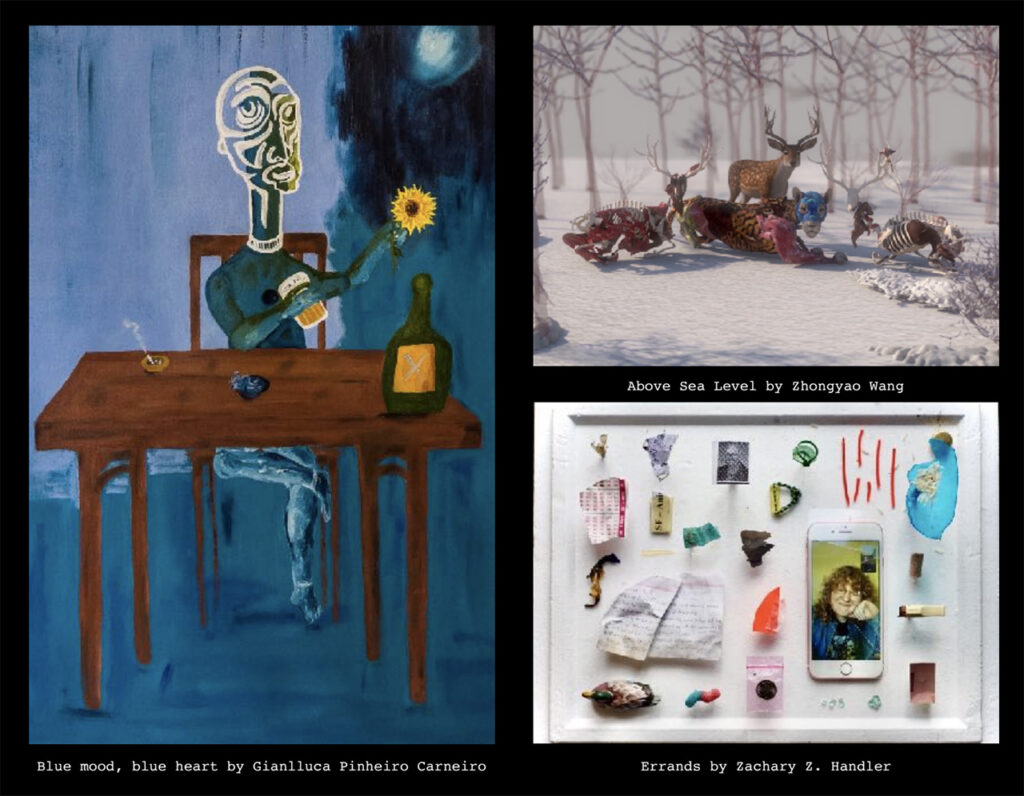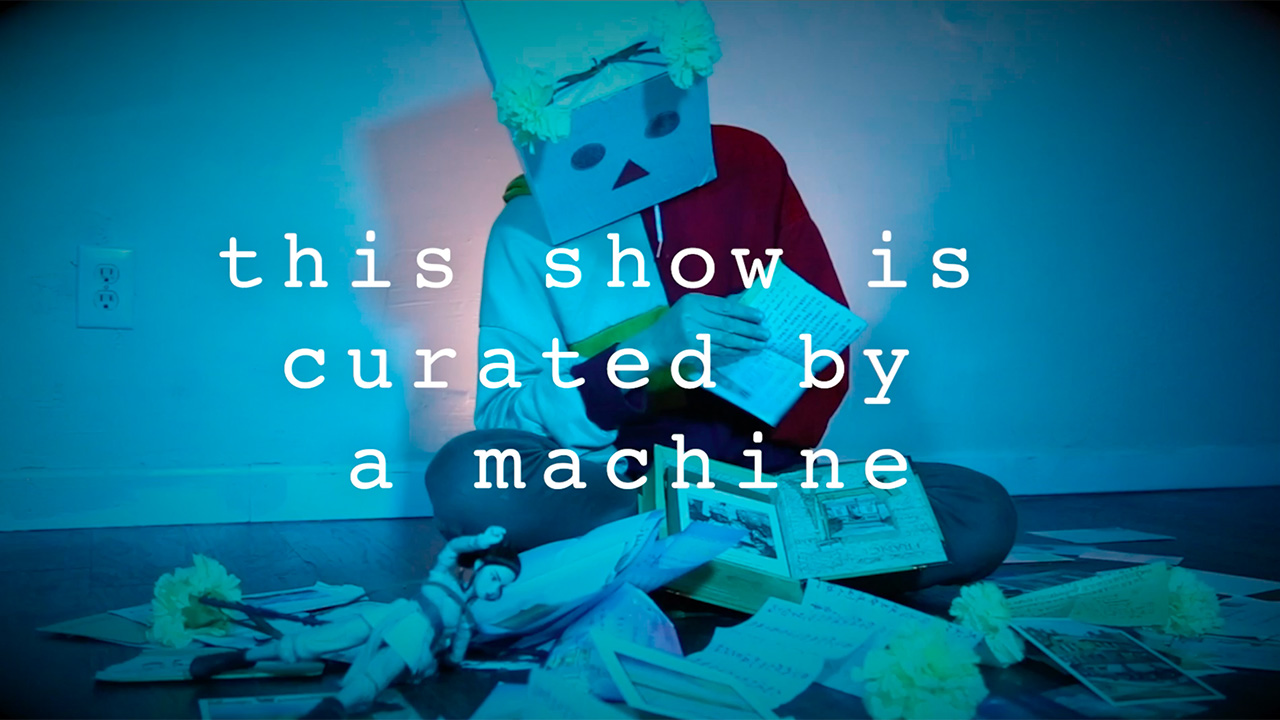The newly opened Museum of Wild and Newfangled Art (mowna) is using artificial intelligence (AI) to curate its upcoming online experience, This Show is Curated by a Machine 🤖. Created to address a curatorial question posed by the Whitney Museum of American Art in a 2021 essay, “The Next Biennial Should Be Curated by a Machine,” the AI curator will be trained on the dataset of mowna’s 2021 Biennial, which includes work submitted between 2019 to 2021 from a global community, as well as other recent datasets culled from available sources such as the Museum of Modern Art and Artsy.
The art and museum world are no strangers to AI — the technology has been used to generate work, conserve art, and assist in visitor engagement — and for mowna, an online museum, an AI curator is par for the course. “It’s important to try and develop an AI curator that is ethically minded before big tech developers do,” Cari Ann Shim Sham, mowna’s Co-founder and Curator, tells Jing Culture and Commerce. “We’re one click away from Facebook using algorithms to tell us what kind of art to look at. That’s kind of what Instagram is anyways. So it’s a good time to develop a model that is for the greater good.”
Apprehension will accompany such a move, as does worry that the technology might come to replace human expertise. Joey Zaza, Co-founder and Curator at mowna, however, emphasizes that AI is ultimately a tool to be utilized, not feared. “It’s not about creating this bot that takes over the world. It’s about conversation and human communication with different people,” he says.
Here, the museum’s co-founders share more about how the AI curator works and what AI can add bring to institutional practice.
What prompted mowna to develop its AI curator?
Zaza: The Whitney Museum of American Art was some of the inspiration. They commissioned a piece for their art portal called “The Next Biennial Should Be Curated By a Machine,” and we figured we would curate our next show with AI. And also, we want to be working in some of the newer areas, so it made sense to explore areas where other museums might not be actively hopping into for a variety of different reasons.

mowna’s collection contains works by an international array of artists, and spans multimedia and experimental pieces from a mini Zoom opera to computer-generated art. Image: mowna
How does mowna’s AI curator work?
Shim Sham: Basically, we build an architecture, which is a set of code. We train it and the architecture is referred to as a model. We train the model by feeding it information based on images and text that we’ve ranked and rated. We’ll feed the model images that are rated as Yes, No, and Maybe, and we do the same with text. Then we’re pulling our data from various sources, including MoMA, Behance, Artsy, and the Chicago Museum — you need around 40,000 pieces of information to train a model. Once you have the model trained, you give it the actual data that you want it to curate, and it does what you hope it will do. And that’s the real big experiment.
We’re also training the model with our own data from our biennial, an exhibit of around 88 international artists from 44 countries. We’re taking all of the data that was submitted for that show and feeding that to the model as well to learn how we curated that show specifically. So it’s learning from our own curation, but it’s also learning from a variety of art coming from many places.
What do you hope AI can bring to more traditional museums and galleries?
Shim Sham: It’s my hope that it can allow for equity and diversity, and it can eliminate bias. It can also do work that people would otherwise be doing, like looking at content, rating, and ranking it, which is quite time-consuming. I think Joey and I probably spent at least like 100 hours looking at content for the biennial.
I guess, for the Whitney, if they wanted to curate a very specific subject — for example, a show about orchids — it could be really easy to send a model out and search for artists that work with orchids or search for photographs that work with orchids. [AI] is really good at finding things. It’s not what our model does, but it could be very good for seeking and finding [art]. I think for big museums, [AI] could also help them work with their archives, because they have so much content. Museums are good at archiving collections and they have all of that mostly digitized, so a museum could go and look through their digital archive and curate something out of that.



